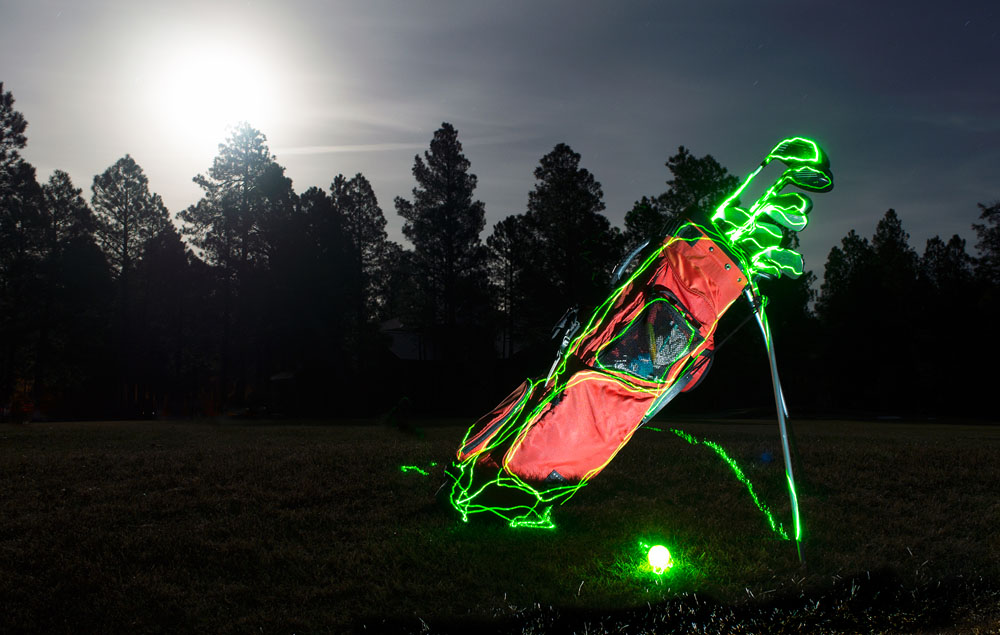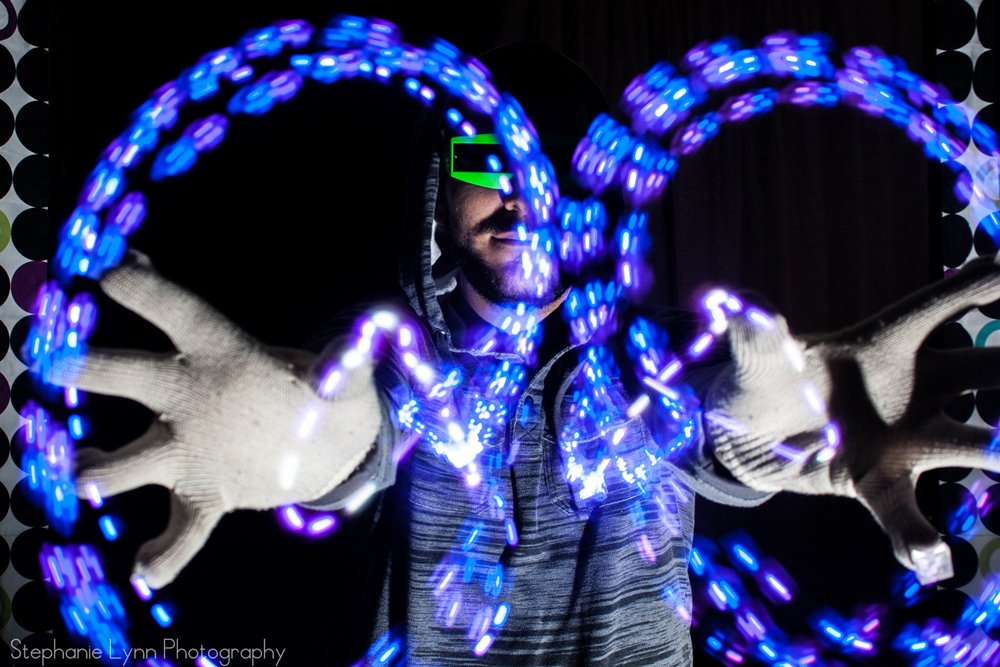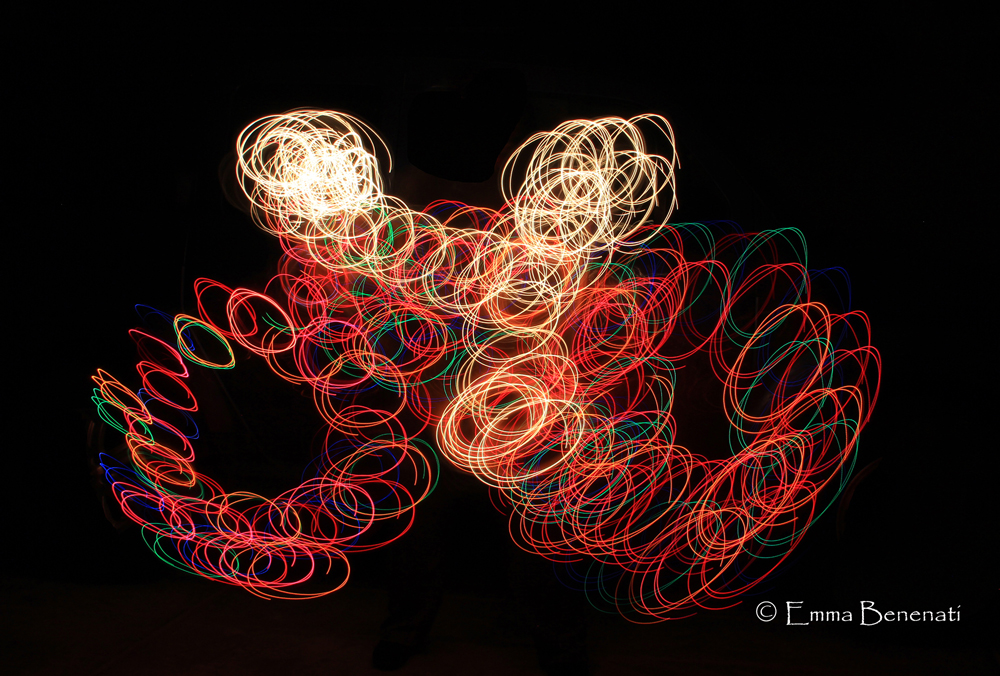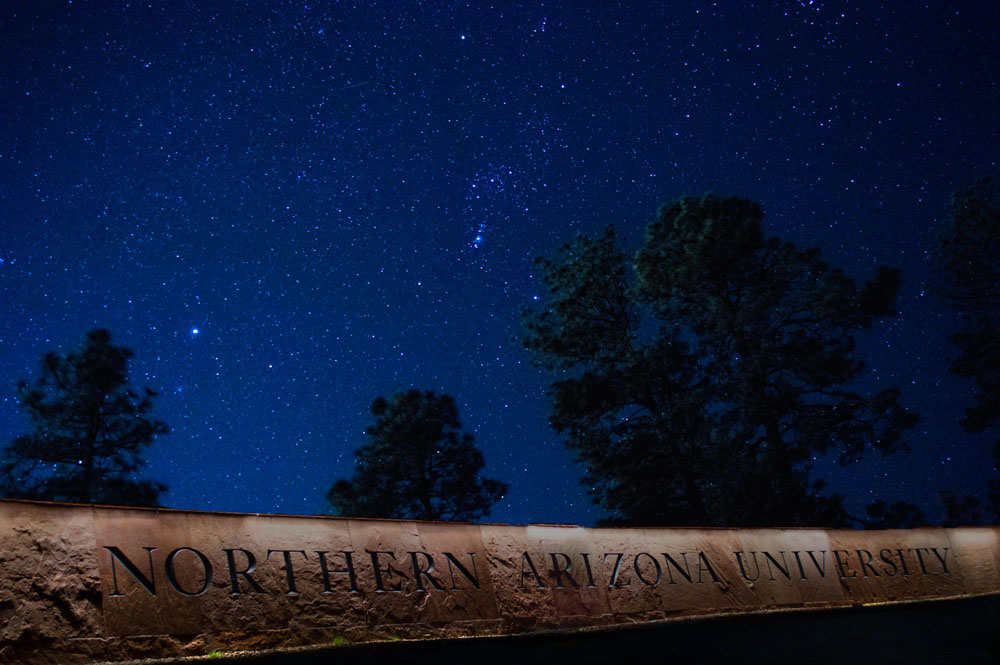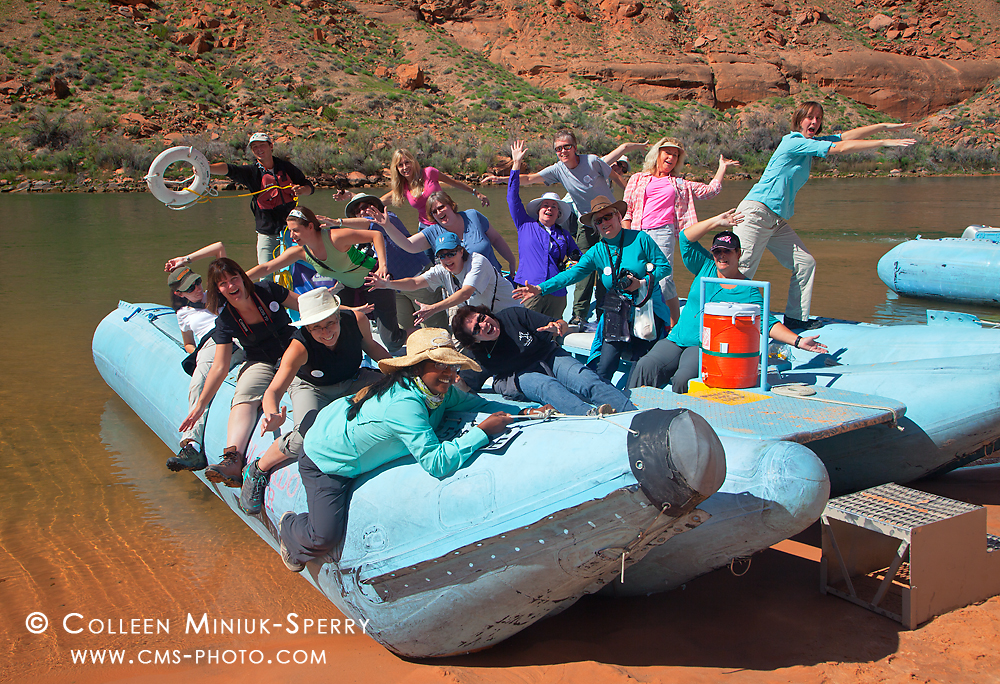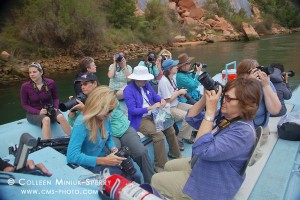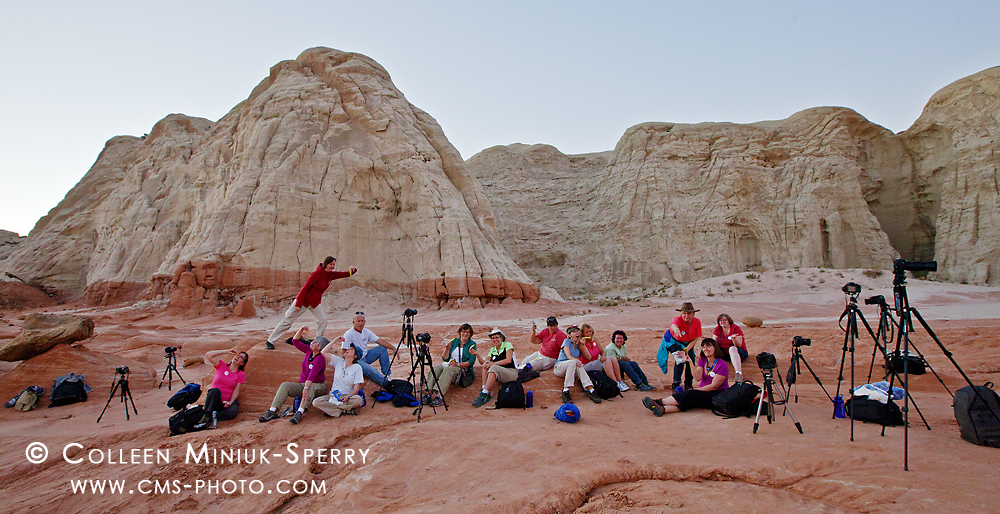“Neon Golf”
This photo that I took called “Neon Golf” was inspired by the golf course behind my house that I live on. It was taken for an assignment in my Intermediate Photography class at NAU. The assignment was Painting with Light. This technique added a modern spin to a traditional object. The neon green is a contrasting color to the red bag adding depth and interest. The full moon adds light to the focal point being the golf bag and clubs. The golf ball on the ground adds to the focal point also. The visual message that I tried to convey was to take the imagination to golfing at night with a neon ball, golf bag and golf clubs during a full moon. The image is shot at ground level to add an interesting perspective. The golf bag and clubs are at one side of the image to use the rule of thirds for the composition. The topline of the trees is another compositional element and it is positioned above the midline. The moon adds light to the dark sky. The trees recede into the background to add depth to the photo. The background below the trees is dark black drawing the eye to the golf clubs.
The technique that I used to make this photo was a long shutter speed set at 60”, f-stop 5.0, ISO 100 and 14mm. I used my small Olympus EM10 with 14-42mm lens set on a tripod. I did not use any filters. I placed the golf bag on the fairway and the camera was lower in a sand trap. I used an external flash mounted on the camera and a headlamp placed on the ground shining light onto the golf bag. There was a full moon in the bag ground. I focused on the center of the golf bag. I shined the laser light on the golf ball first and then hit the shutter button. After a few seconds shining the light on the ball; I put my hand over the laser light and pointed the light at the bag and removed my hand so the light would shine on the bag. I then traced the golf bag and clubs until the shutter was done. Since the camera had such a long shutter speed I had time to trace the bag and golf clubs. As far as post processing the only thing that I did was crop it a little.
About the Photographer:
My name is Christye Flanagan and I am a post-baccalaureate student at Northern Arizona University. I have a previous degree from the University of Arizona in Family Studies. This semester I just finished all the classes that I need for my degree at NAU with a Bachelors of Fine Art in Visual Communications with an emphasis in Graphic Design and will graduate May 8, 2015. This semester I also took an extra class in photography. It is my third one and I am developing my photography skills to use with my graphic design. I like to manipulate photos to use on websites and with graphic design. To develop my photography skills more I plan to take some photography classes through Arizona Highways. After graduation I plan on freelancing.
To read more about the Northern Arizona University “Behind the Image: Guest Blogger” project on our blog, please read the introduction at http://youcansleepwhenyouredead.com/wordpress/3rd-annual-northern-arizona-university-behind-the-image-guest-blogger-project/. Please take a minute to leave your insights and constructive comments in the Comment section below – the student would love to hear from you!

